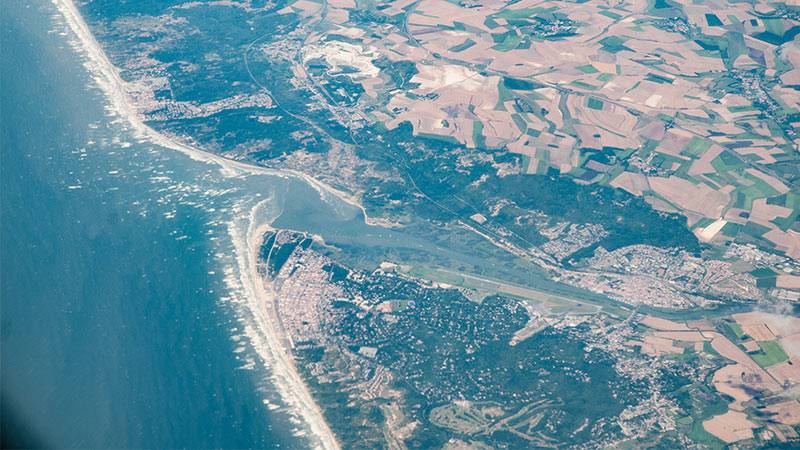The Tijuana Estuary, a vital Southern California salt marsh ecosystem, stands as a testament to the power of community activism and environmental stewardship. Spanning 2,800 acres, it hosts over 370 species of birds, including endangered ones, and is one of the most intact estuarine habitats in the region. This narrative explores the estuary’s journey from near destruction to preservation, highlighting the pivotal role of local veterinarian Mike McCoy and his wife, Patricia.
In the 1970s, the McCoys led a grassroots campaign against development plans threatening the estuary. Their efforts, inspired by the U.S. environmental movement and supported by the community, ultimately led to the establishment of the Tijuana Slough National Wildlife Refuge in 1980. This achievement was a significant victory for conservation, especially considering the estuary’s location near Imperial Beach, a modest-income community, and Tijuana, Mexico. The region, characterized by its cultural and economic diversity, presents unique environmental challenges, including cross-border pollution.
The estuary’s preservation was only the beginning of an ongoing battle. Today, the Tijuana Estuary faces new threats from climate change, such as rising sea levels and increased sedimentation. These challenges necessitate continuous restoration efforts to maintain the estuary’s ecological balance and protect the surrounding communities from climate impacts. Jeff Crooks, the research coordinator for the Southwest Wetlands Interpretive Association, emphasizes the critical role of sediment management in preserving the estuary’s dynamic ecosystems and its natural defense against climate-related coastal destruction.
Despite rising sea levels and river flooding caused by climate change, which can drown or otherwise destroy estuarine habitats, the Tijuana River National Estuarine Research Reserve is one of Southern California’s most intact salt marsh ecosystems. Its 2,800 acres serve as a home or stopover for more than 370 species of migratory and native birds, including endangered ones like the western snowy plover and the light-footed Ridgway’s rail, whose decline was driven by salt marsh loss.
The narrative also delves into the broader historical context, tracing the estuary’s significance back to the Kumeyaay people and the impacts of Spanish colonization and subsequent urban development. This rich history underscores the estuary’s resilience and the importance of ongoing conservation efforts.
According to High Country News, local leaders have been instrumental in advocating for climate action and adaptation strategies. Serge Dedina, a former mayor of Imperial Beach, and Paloma Aguirre, the city’s first Latina mayor, have both pursued legal and political avenues to address climate risks and environmental injustices. Their initiatives include lawsuits against fossil fuel companies and efforts to improve cross-border infrastructure.
The story of the Tijuana Estuary is not just about environmental conservation; it is a narrative of community engagement, political activism, and the interconnectedness of human and natural systems. It illustrates the challenges and opportunities of managing a unique ecological treasure in an era of climate change, urban sprawl, and socio-political complexities. The estuary’s continued existence and health depend on collaborative, binational efforts and a deep understanding of its ecological and cultural significance.
More inspiring green news similar to this:


